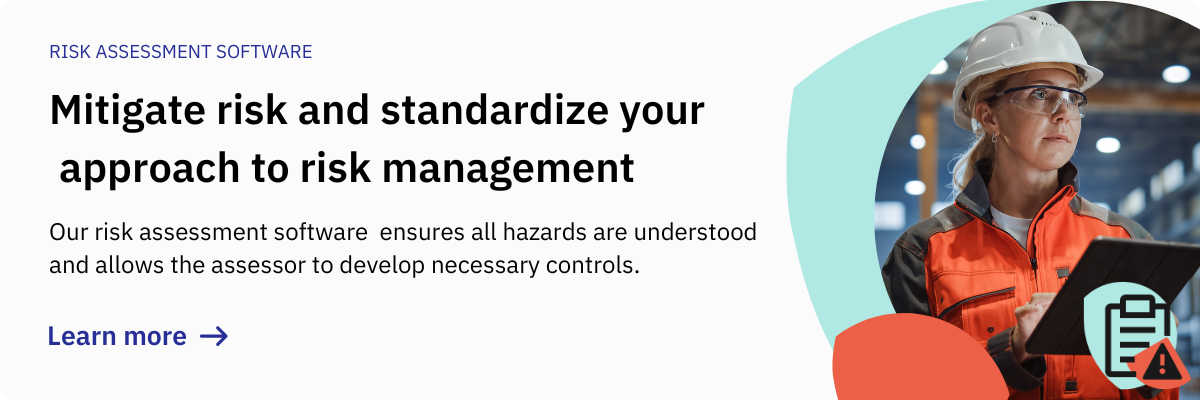To anyone who thinks eye protection may not be a crucial component of PPE in the workplace, think again.
Nearly three out of five injured workers were not wearing eye protection at the time of the accident or were wearing the wrong kind of eye protection for the job.
These are staggering figures that drive home the importance of protecting the eyes of workers both through engineering controls and via personal protective equipment (PPE) such as safety glasses; goggles; hybrid eye safety products, which combine the comfort of glasses with the side protection of goggles; face shields; full-face respirators; and welding helmets.
Because different hazards require different types of protection, it is advised to evaluate the following before selecting the appropriate eye protection:
- The nature and extent of the hazard, including regulatory requirements when applicable.
- The circumstances of exposure.
- Other protective equipment used.
- Personal vision needs.
Download our Free Personal Protective Equipment Poster
Eye protection should be integrated with other PPE to achieve head-to-toe protection. It also should be fit to the individual worker or be adjustable so it can provide sufficient coverage. Protective eyewear also should be comfortable and allow for sufficient peripheral vision.
Responsibility to Provide PPE
According to the Personal Protective Equipment at Work Regulations 1992, every employer shall ensure that suitable personal protective equipment is provided to his employees who may be exposed to a risk to their health or safety while at work except where and to the extent that such risk has been adequately controlled by other means which are equally or more effective.
Comfort and Style Can Help Compliance
It is essential that protective eyewear be comfortable enough for a worker to wear it throughout the day. Comfort enhancing features include: cushioned brows, comfortable gel nosepieces or padded nose bridges, vented frames, flexible or ratcheted temples and lenses with adjustable angles.
Comfort also extends to features that prevent fogging when worn with an individual respirator. For these tasks, look for protective eyewear that offers an integrated fog and particle shield, along with lenses surrounded by foam for comfort as well as additional particle protection.
Another way to encourage compliance is to select protective eyewear with style features commonly found in fashion eyewear, such as colorful styles, wraparound designs and mirrored lenses. This is one reason why many manufacturers are looking toward the consumer fashion and sports apparel industries for cues on the latest styles, which can then be adapted for the PPE market.
Training for PPE Use
Providing adequate training for all workers who require eye and face protection is crucial to ensuring worker safety and should help workers anticipate and avoid injury from job-related hazards.
Eye safety policies should be clear. It is suggested that the following key points be addressed and communicated to workers at the job site:
- When to wear safety eye protection.
- What the enforcement processes are.
- How and where workers can obtain protective eyewear.
- How workers can get replacements.
- What to do if eye protection is missing from a workstation.
Employees also must take care of protective eyewear to avoid scratches. Wearing an eyewear retainer strap that lets glasses hang around the neck when not in use is preferable to laying them down on the job. Protective eyewear should be stored in a clean, dust-proof container while not in use. Scratched and dirty devices reduce vision, cause glare and may contribute to accidents. Glasses that are scratched or pitted should be discarded and replaced.
